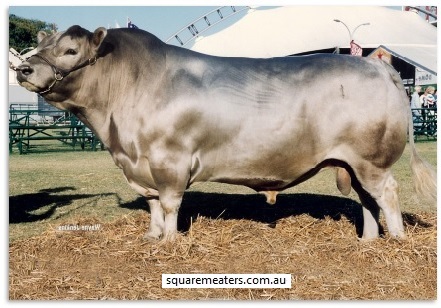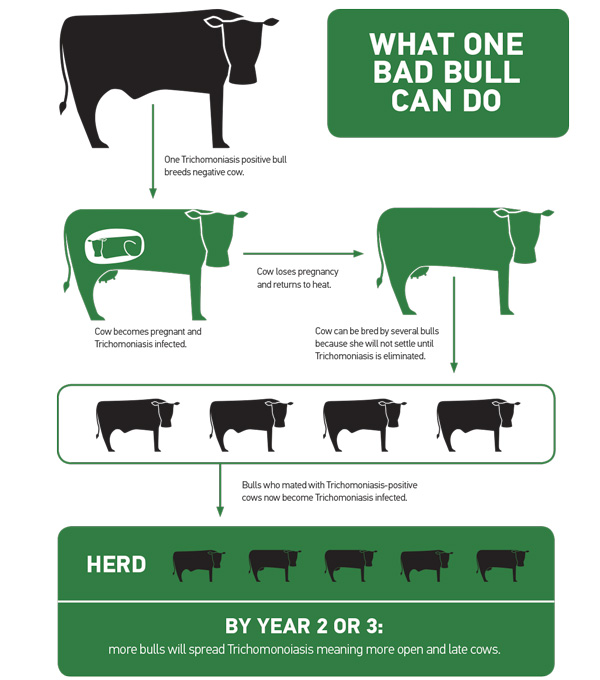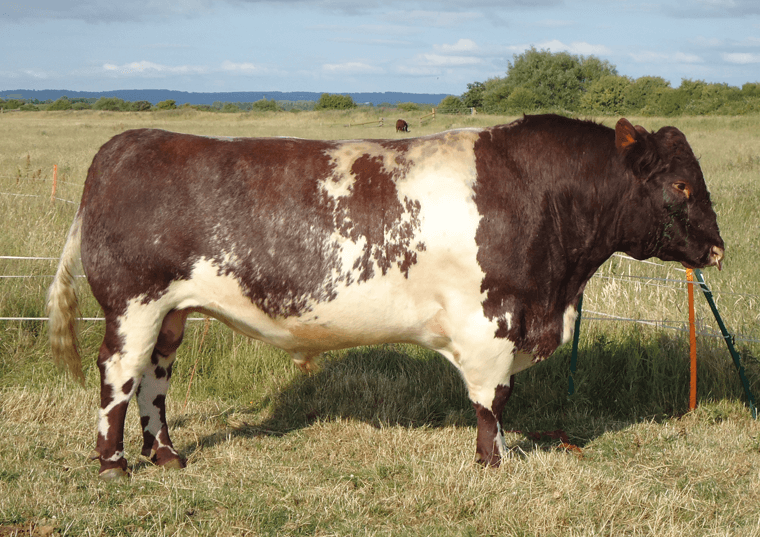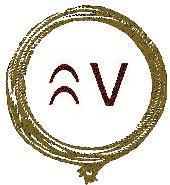Sire
Testing
how bull owners sell safe semen

The National Association of Animal Breeders (NAAB) is a national not-for-profit trade association that represents the U.S. A.I. industry. Ninety-five percent of U.S. bull studs and custom collection facilities report their domestic and global semen sales to NAAB. At the end of each year, NAAB publishes annual statistics which reflect the current state of affairs for both domestic sales and export accurately. CSS is a division of NAAB.
Health Test Requirements: The following tests or protocols are needed in order to collect certified semen on bulls that is safe to sell to the public. Your semen collection company should be a member of  Certified Semen Services (CSS) and follow CSS health testing protocol. Expect variations, due to bull's age (if he is a virgin), and your state or region, but in general, bulls must have a current health certificate with negative test results and/or herd certification numbers for the following:
Certified Semen Services (CSS) and follow CSS health testing protocol. Expect variations, due to bull's age (if he is a virgin), and your state or region, but in general, bulls must have a current health certificate with negative test results and/or herd certification numbers for the following:
For a One-Time Collection:
- CVI & BSE: Certificate of Veterninary Inspection and Breeding Soundness Exam
- Breeding Soundness Examination /Evaluation: Inspection of a bull; evaluation of physical conformation and soundness, genital palpation, scrotal circumference (SC), and checking semen under microscope for motility & morphology (activity and physical abnormalities). Avoid breeding disasters by checking herd sires before A.I. collection, or before each breeding season. Don’t guess on your bulls’ performance, have him checked. BSE’s are very cheap insurance against poor semen, a very scattered, or no calf crop at all.
- Bovine Brucellosis (Bangs)
- negative test number 1, then put in isolation / quarantine
- negative test number 2, test again 30+ days after test number 1
- Bovine Leptospirosis (5-way Lepto: L. Pomona, L. hardjo, L. canicola, L. ictero and L. grippo)
- negative test number 1, then put in isolation / quarantine
- negative test number 2, test again 30+ days after test number 1
- Tuberculosis (TB)
- negative test number 1, then put in isolation / quarantine
- negative test number 2, test again 60+ days after test number 1
- Bovine Campylobacteriosis (Vibrio)
- put on a negative test schedule according to the bull's age (expect 1 x wk, for 6 weeks)
- Bovine Venereal Trichomoniasis (Trich)
- put on a negative test schedule according to the bull's age (expect 1 x wk, for 6 weeks)
- Bovine Viral Diarrhea Virus (viremia and persistent BVDV)*
- negative test number 1, then put in isolation / quarantine
- negative test number 2, test again 21+ days after test number 1
(*It is advised that you do not vaccinate any bulls for BVD which are being considered for international movement collection, as this will cause a high titer and prevent semen export.)
For Repeated Collections: The following tests must then be conducted at 6 month intervals for bulls that continue to be collected:
- Tuberculosis (TB)
- Bovine Brucellosis (Bangs)
- Bovine Leptospirosis (L. Pomona, L. hardjo, L. canicola, L. ictero and L. grippo)
- Bovine Campylobacteriosis (Vibrio)
- Bovine Venereal Trichomoniasis (Trich)
Semen Collection for International Export:
CSS certified collection companies in United States can certify semen to be exported to most countries. Negative tests allow semen to export to Canada, Mexico, South America, Central America, Australia, and New Zealand. The additional tests required for certification will depend on the country of destination for the exported semen.
Semen Collection for European Union (EU) Export:
North America is not approved for movement of live bovine animals to the European Union (Norway, UK, France, Germany, Spain, Italy, etc.).
North America IS approved for movement of frozen bovine genetics to the European Union. Select EU authorized collection & storage centers in North America can export frozen bovine semen & embryos, with approval of additional protocols:
- EU approved bovine semen collection centers in Canada updated 12/20/2019
- EU approved bovine semen collection centers in USA updated 11/07/2019
- EU approved bovine semen storage centers in Canada updated 06/20/2019
- EU approved bovine semen storage centers in USA updated 05/03/2019
- EU approved bovine embryo collection and production teams in Canada updated 02/21/2020
- EU approved bovine embryo collection and production teams in USA updated 01/23/2020
In accordance with Article 9(2) of Directive 88/407/EEC, as amended by Directive 2008/73/EC, in compliance with Article 9(1) of that Directive, for approved semen collection and storage centers in third countries (including North America).
The general animal health conditions governing intra-Union trade in and imports into the European Union of embryos of domestic animals of the bovine species are laid down in Council Directive 89/556/EEC of 25 September 1989.
![]()
The 3 main practices for semen collection: When these choices are available, the method that provides the least risk of stress and improper handling will be best. Some ejaculates don’t survive the extra stress of handling and do not make it through the processing and freezing with high enough quality.
- On farm collection: When bulls are collected at home or; and can also be when a group of cattlemen share costs to collect several bulls. You will also have to have the battery of appropriate tests done on the bull(s), and meet isolation requirements (certified by an appropriate official).
- One day collection: When bulls are collected at a large animal veterinary clinic, or at a semen collection facility, used by cattlemen that need only what their bull will produce on a given day. Bulls are brought in on a collection morning, collected, and then return home.
- Long term housing: For bulls that need to fill large volume contracts and /or for semen testing certified for export.
![]()

... this example is for trich... just one example why bulls need testing
~ Boehringer Ingelheim Vetmedica, Inc., Cattle Division
![]()
Selling Semen; The Investment and the Return: Collecting a bull is not cheap. However, quite a bit of semen is produced from just one collection after it is extended and frozen. The price set for selling frozen semen to cow owners, should not be under-valued, nor should it be over-priced. That plus the price of shipping, frozen semen storage, A.I. services, and the risk & time of getting the cow pregnant may be cost prohibitive for cow owners if the semen is too expensive. Frozen semen is usually priced individually, or in full racks of 10. The price for a straw of frozen semen should be affordable, and reflect the true value of the bull and the genetics he provides to herd owners.
AI Semen Certificates: Bull owners of many breeds will offer purebred calf registration forms (A.I. certificates) for an additional fee for registered cows. Some AI Sires are Non-Certificate AI Bulls. Whatever breed you are using for AI, check out their rules. Everybody does it a little bit different. Breeders that don't plan to register the calves won't need them. When they do, cow owners avoid the added expense for registration certs unless a calf is born that is eligible and worth registering. Bull owners won't want to influence breeders to register calves that shouldn't be registered (that can reflect negatively on the bull). AI certs purchased with semen put the breeder in the position of using them regardless of the outcome.
![]()
Additional Considerations

Stonmour Thunder Cloud
Breed of the Bull. Bulls collected for semen should be DNA tested for any necessary general tests, and then any important tests for his specific breed (or breeds). Also, if unsure, the purity of the bull may be tested for in some breeds (see BBR in the DNA list). Miniature (percentage Dexter) breeds may need their chondro status tested. Another genetic test to consider is:
Fertility:
FAA ReproTest: fertility test for bulls (chuteside test kits)
FAA(+) bulls are 16%-19% more fertile
FAA test is used in addition to (does not replace) semen testing & vet checks.
address: ReproTec Inc, 3301 N Freeway Road Tucson, AZ 85705
website: ReproTec Inc. Reprotec.us
email:
info@reprotec.us
tel: 800-533-8115
Desirable Traits in the Bull. Before you go to the expense of collecting a bull, be certain he is worth it. Try to keep emotion out of it. The bull should be more than just good, he should be an exceptional animal, to contribute to, represent, and carry on his breed's best traits and genetics. It may not be a popular sentiment, but the truth is, it is rare for crossbred (hybridized) bulls to provide genetics worth collecting semen on, even though most miniature breeds in North America are hybrids.
Registration. If a bull is not registered, he can be claimed to be "____" anything the breeder or owner claim. There are enough examples of unscrupulous representation in the livestock industry, without opening the door to yet another. Insist a bull used for collection be registered. Require that the registry does due diligence in documenting the exact percentage of what breeds are in the bull's pedigree, and who he was bred by. Without that, you don't have enough information to make breeding decisions on. You don't have enough breed information to make genetic test decisions about.
Quality of the Bull. A candidate bull should have nearly ideal conformation. He should (usually) be a fullblood (100%) bred animal. He should be masculine and his daughters should be feminine. He should have a gentle, calm easy-going temperament, and produce the same in his calves. He should have excellent production records that reflect excellent individual performance, and provide a good indication of his future calves' performance. Bulls with inadequate records, from herds with few records, should usually be collected only after they are old enough to provide predictability through their own and their progeny's measurable performance. For miniature cattle, a bull should sire enough calves with average low birthweights to offer a good measure of safety to cows. Weights and heights of his calves should be measured and recorded, as well as their frame score, conformation and temperament judged. And, his daughters should be excellent cows, that ideally (although time considerations enter into this equation) are proven to produce excellent calves.
Homestead & Miniature Cattle Directory »
» see also: Bull stats; records to keep on A.I. bulls
» see also: Biosecurity; closed herds, quarantine
» see also: Genotyping Cattle; genetic diseases
» see also: Herd Health; infectious diseases
Understanding Bull Breeding Soundness Exams, Extension Agency, Utah State University, Logan Utah (July 1997 .pdf)
Health Test Schedules for A.I. Bulls, CSS 2014
![]()
©published online March 2019; author: Donna Grace
![]()
© est. 2013
Homestead & Miniature Cattle Resource Directory
![]()
part of
Homestead Cattle Association
![]()
Homestead Cattle Registry
Miniature Cattle Registry
Heritage Cattle Registry
email Homestead.Cattle.assn@gmail.com
![]()
 |
© Homestead Cattle Assn online since 2014 Bucking V Outfit, LLC. enterprise est. circa 1999 Yellowstone Co Montana accredited registry service Maricopa Co Arizona |
![]()